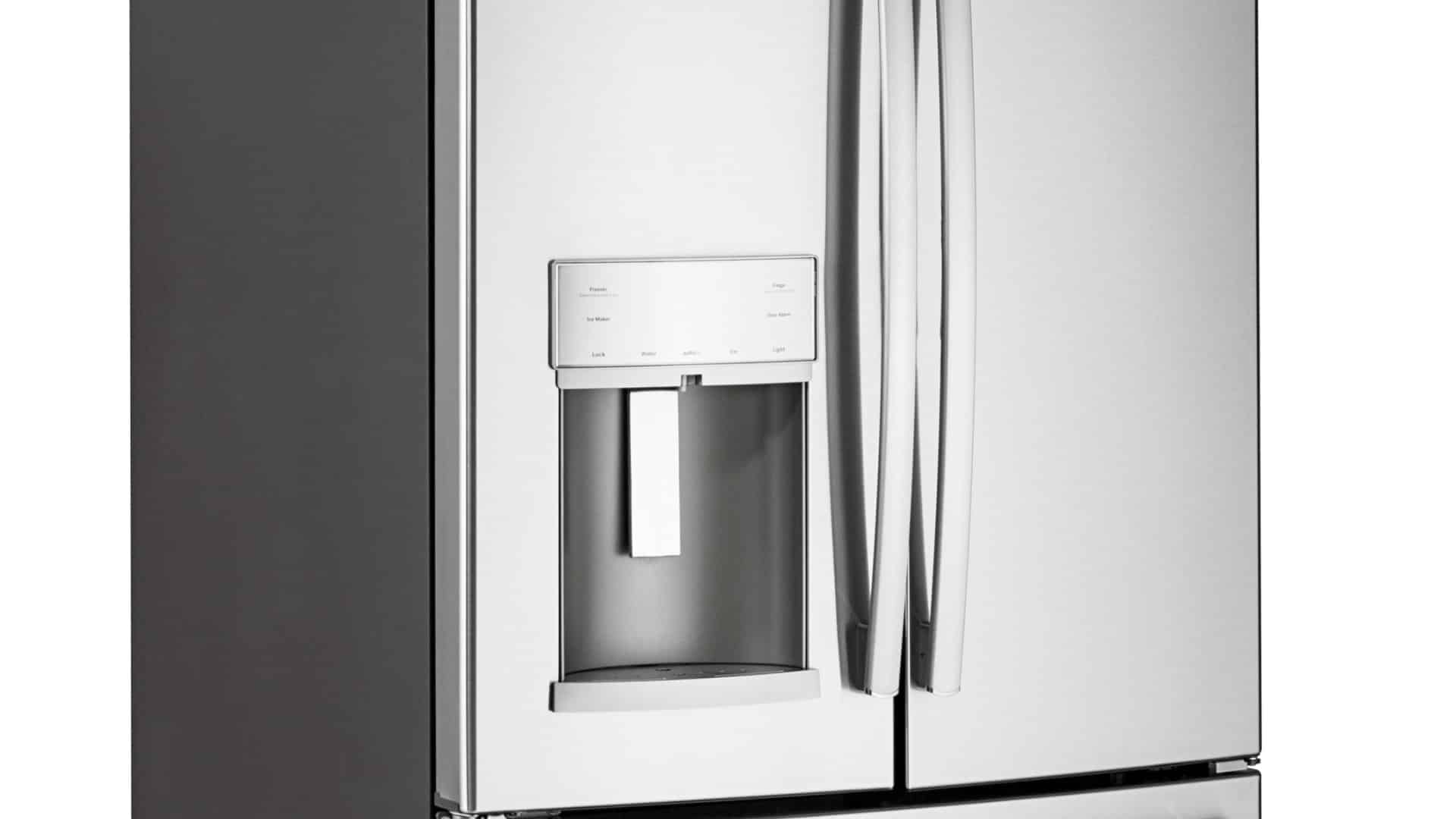With the ability to clean huge piles of dishes without any manual labor, a dishwasher can make you and your family’s lives easier. Rather than manually cleaning each dish and utensil your family uses, simply load them into the dishwasher for a fast and effective ‘hands-free’ cleaning. However, to encourage your unit to function properly – and to reduce the chance of damage – you should perform some routine maintenance on it.
#1) Scrape Your Plates
Try to get into the habit of scraping excess food off your plates before loading them in the dishwasher. Failure to do so will result in buildups of food debris inside the unit. Some of this food will flush out with the spent water, but other particles will remain trapped in the filter or even the drain line, restricting the normal function of your dishwasher.
#2) Check The Filter
You’ll need to get your hands dirty every once in a while to keep your dishwasher in peak condition. This includes checking the filter for food, stray utensils and other debris. Stuck your head inside the dishwasher and look down at the very bottom, underneath the water sprayer. Here, you’ll see a netted filter that’s used to catch debris, preventing it from traveling into the drain line. Remove any debris you find and wipe it clean with a paper towel.
#3) Clean The Gasket
Over time, the rubber seal on a dishwasher will develop a slimy layer of residue from the combination of moisture, hard water (mineral buildup), and mildew growth. When this occurs, the unit may leak and/or lose some of its thermal energy. You can prevent this, however, by wiping it down once a month with a towel and your preferred cleaning solution.
#4) Run With Vinegar
It’s not a bad idea to run your dishwasher with a couple cups of white vinegar and no dishes on occasion. The vinegar will eat through hard water while simultaneously killing germs in the process. And since vinegar is a safe, all-natural product, you don’t have to worry about polluting your dishes with harsh chemicals.
#5) Check The Temperature
Make sure your dishwasher’s temperature is set to recommendations specified by the manufacturer. You can find the recommended temperature setting in your unit’s owner’s manual. If you no longer have the owner’s manual, perform a simple Google search online of the model number to see what comes up. Operating the dishwasher at the recommended temperature will prolong the life of your unit.
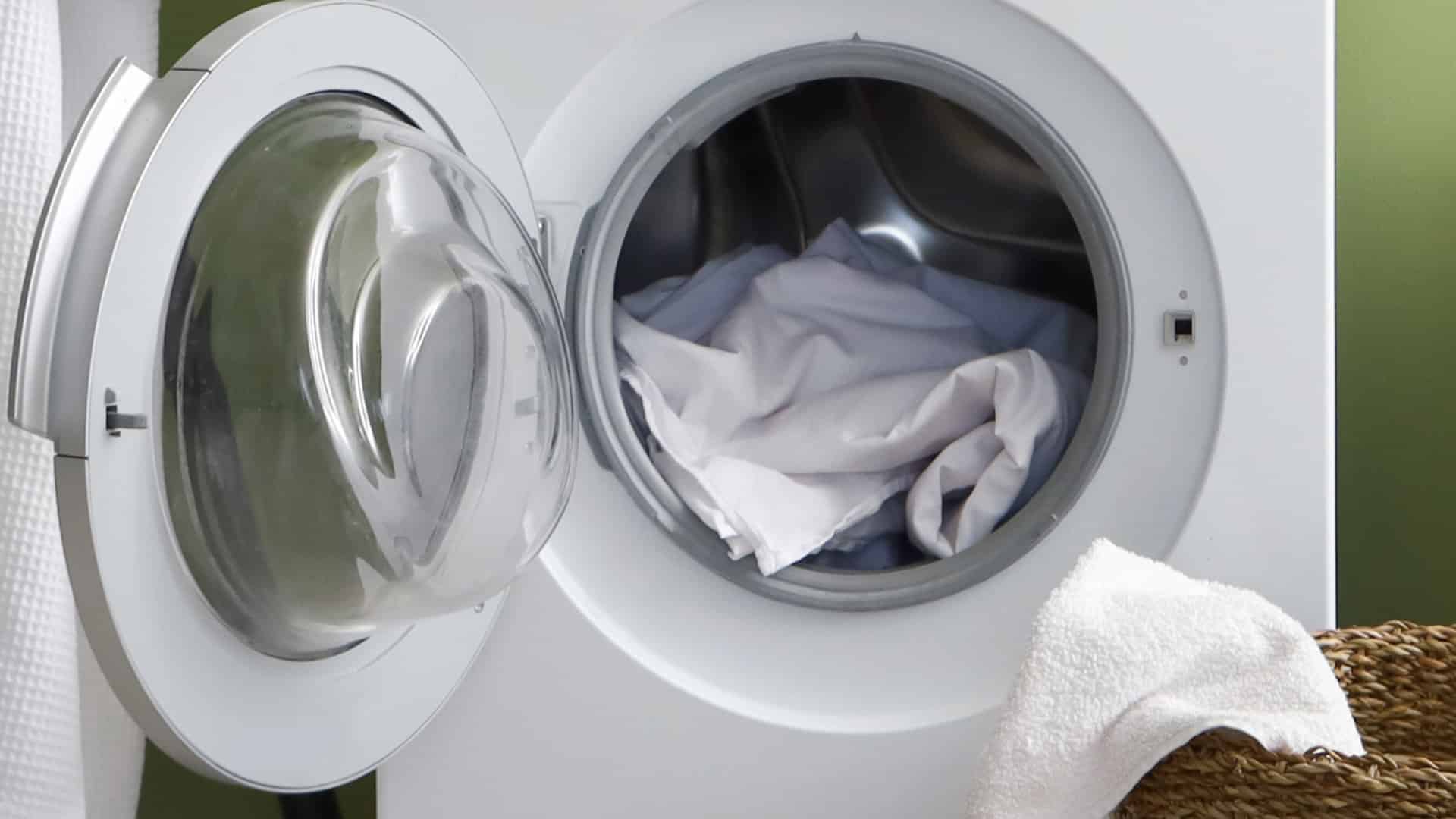
Whirlpool Washer Error Codes Explained
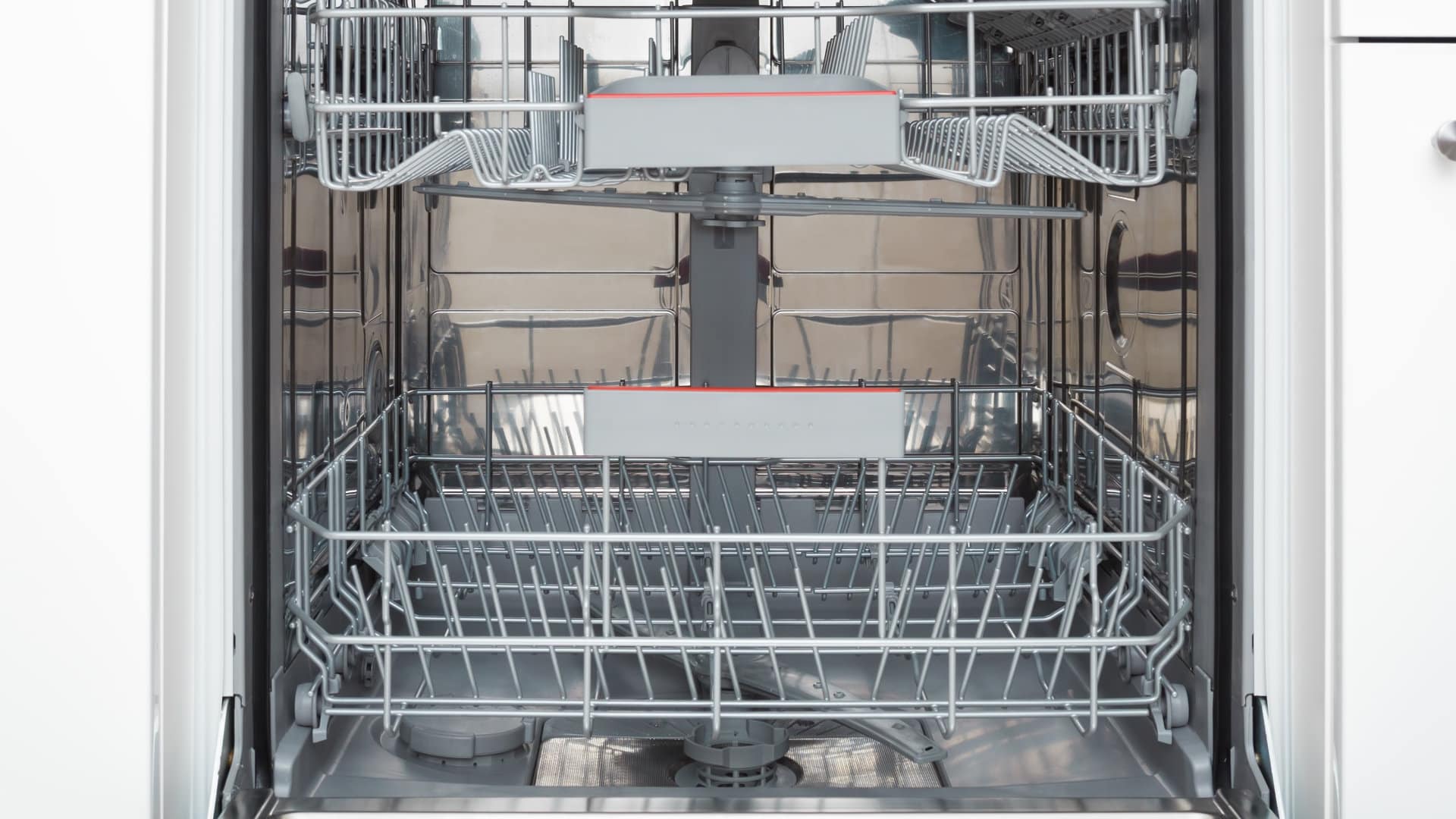
How to Wash a Hat in the Dishwasher (In 5 Steps)

How to Fix the nF Error Code on a Samsung Washer

Kenmore Elite Dryer Issues: How To Troubleshoot
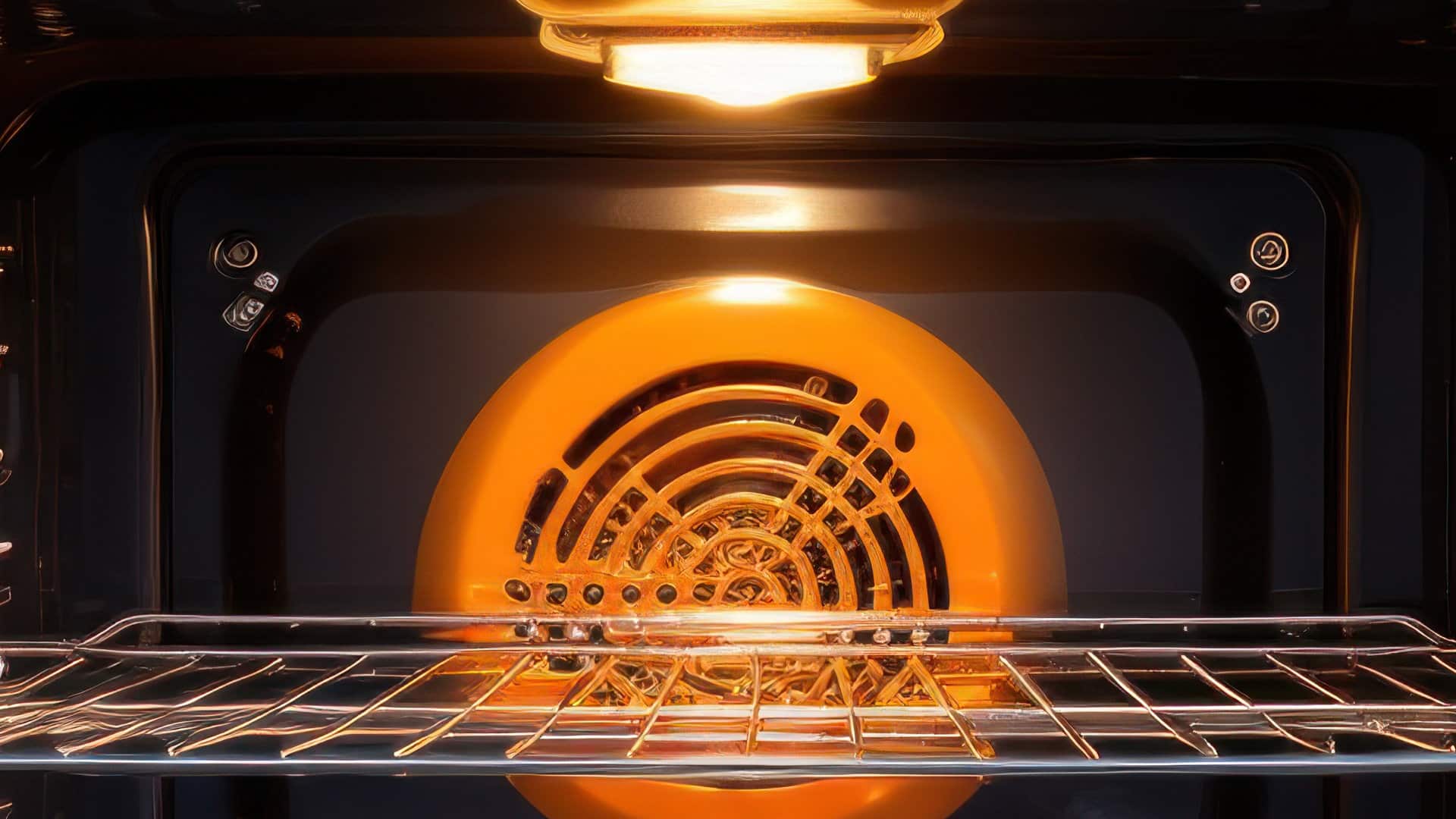
Microwave vs. Oven: Pros and Cons and How They Differ
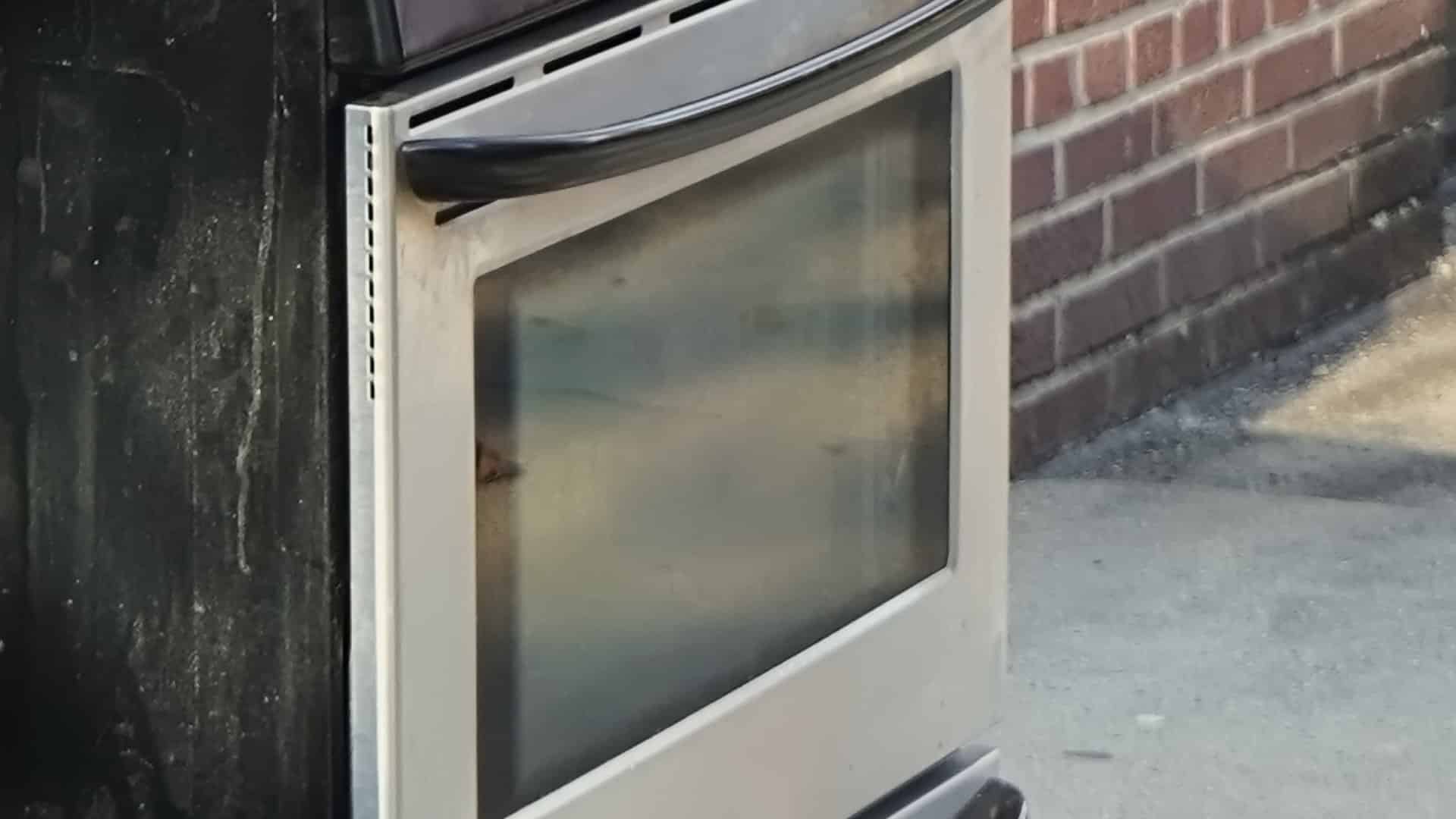
Self-Cleaning Oven Smell: Causes & Odor Reduction Tips

Frigidaire Ice Maker Not Working? 7 Ways to Fix It
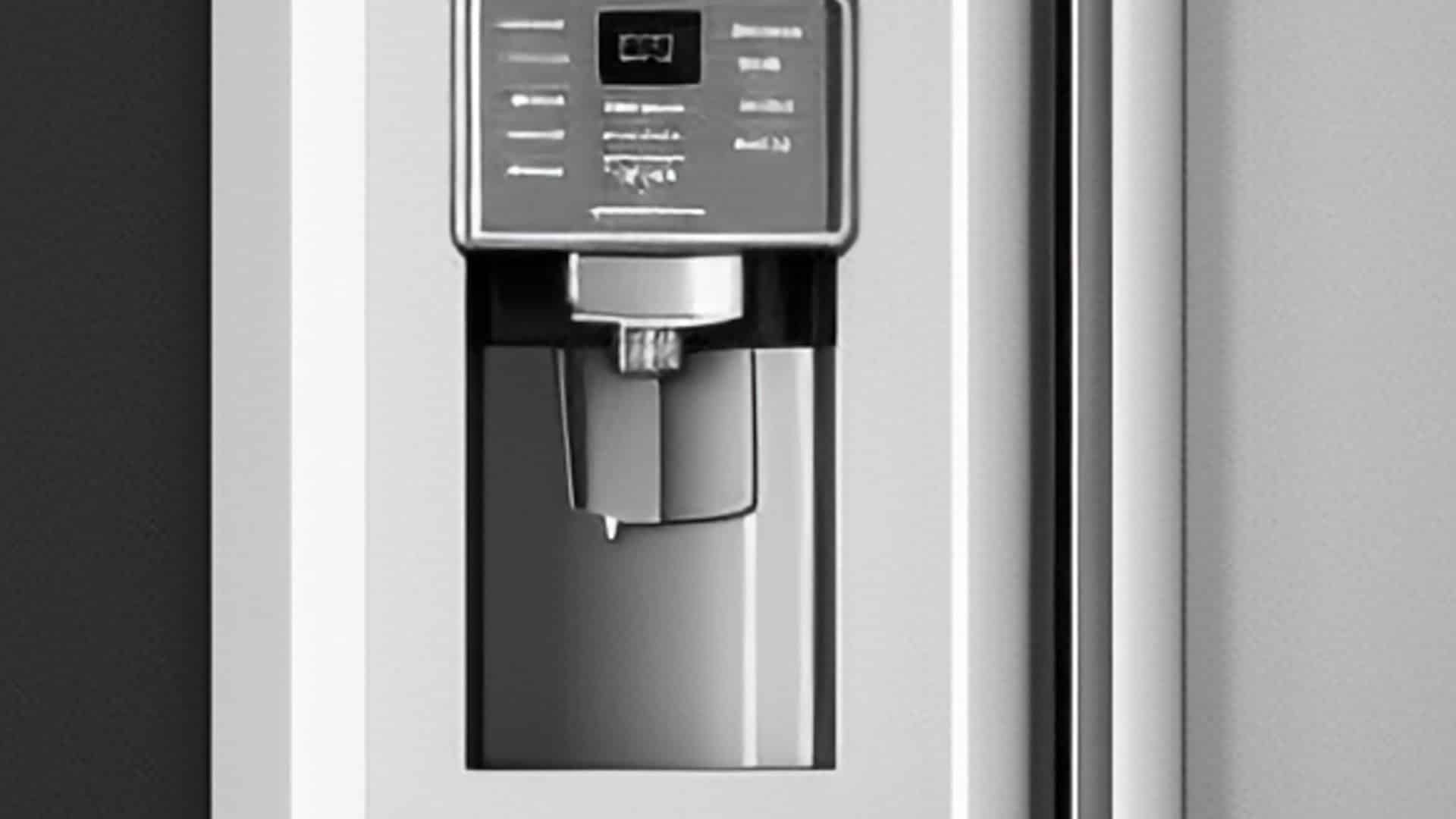
Why Is Your LG Refrigerator Not Cooling? (9 Common Reasons)
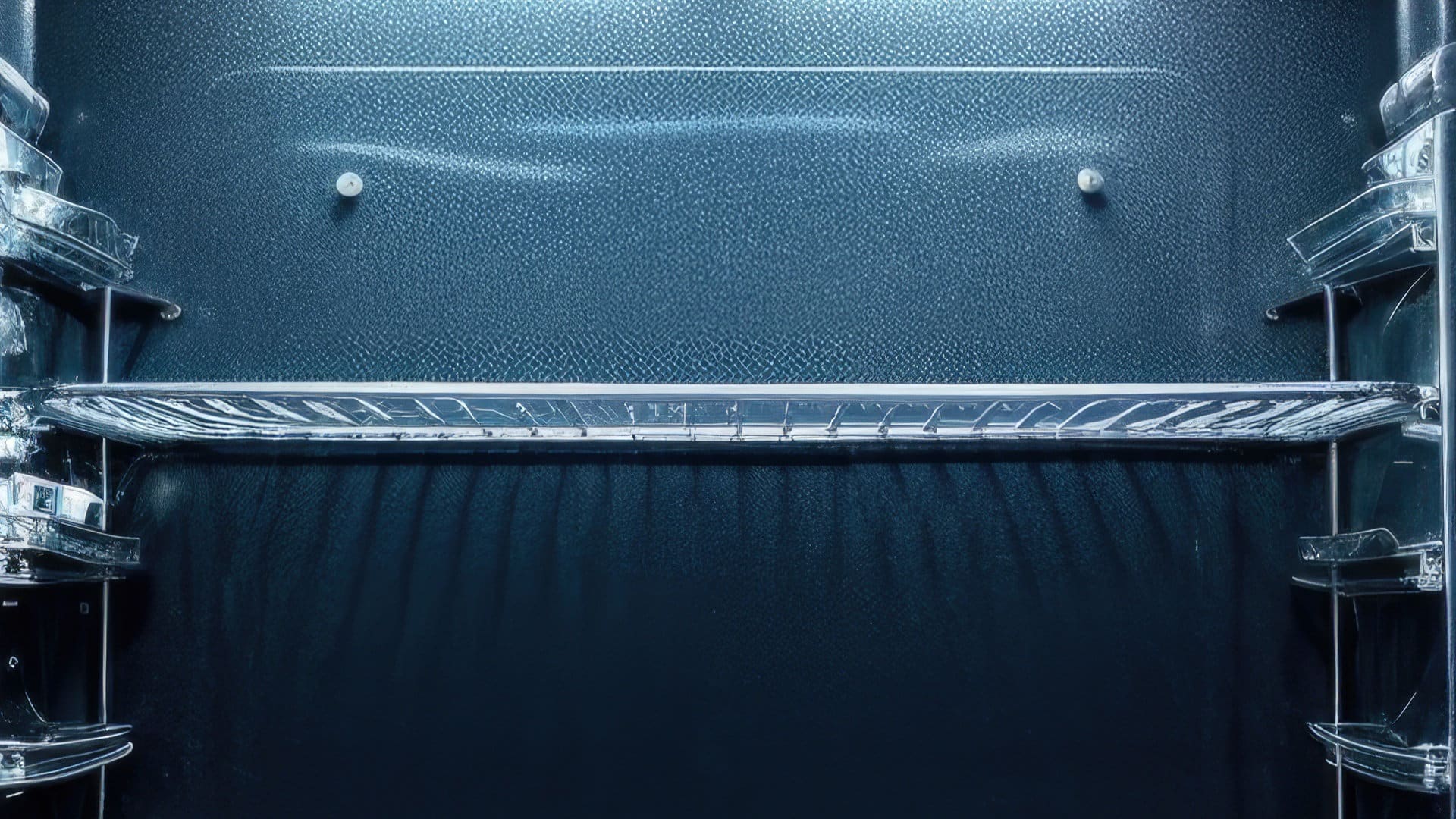
GE Oven F2 Error: Causes & Solutions
